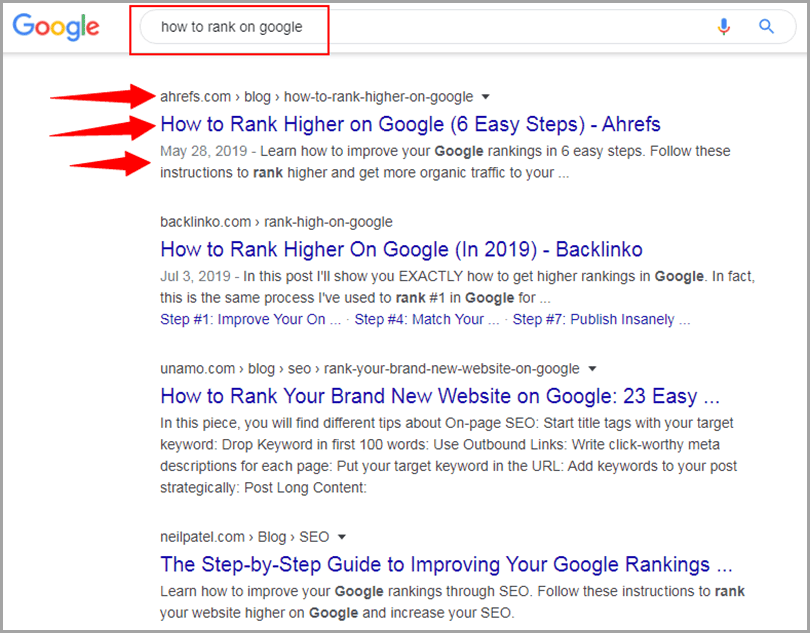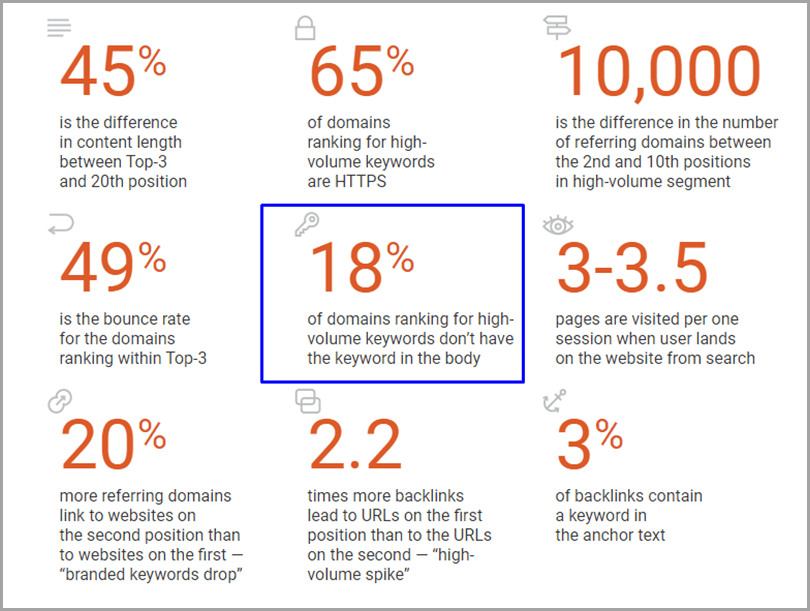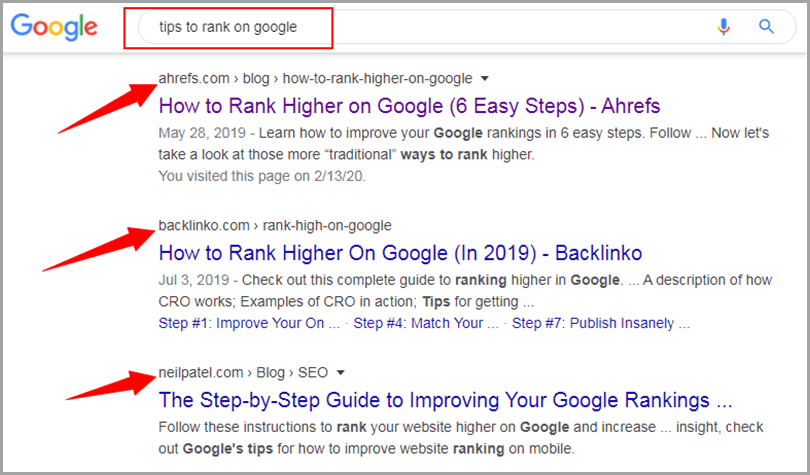The SEO (Search Engine Optimization) industry has undergone many changes in recent times and, as we speak, something new is being prepared.
All major activities, such as keyword optimization and backlinking, have been moved to a more strict position, making it difficult for the average marketer.
Keyword optimization is catching our attention in this post due to the wrong position of many digital entrepreneurs. Apparently, we still don’t understand the evolution and sophistication of Google’s algorithms.
By sticking to our old keyword tricks, we somehow endorse our failures and lack of natural visibility. I think at the end of this post, you will seriously consider repositioning and renewing your SEO campaign strategies for better results.
Keyword Research
The most crucial phase of any SEO campaign is when you need to decide which keywords will be targeted to generate targeted traffic from search engines. If you don’t have keyword research before a campaign, you’re setting yourself up for failure.
If you are using a paid or free SEO tool for this purpose, two main factors to focus on are:
- Search volume: keyword traffic potential
- Competition: Who are the competitors targeting the same keyword, and how many and how strong are they?
The popular SEO and keyword tools we have on the market today have metrics to guide your decision on whether or not to reject a keyword.

They may have a few minor differences, but all of this will take you in a common direction.
One of the biggest mistakes at this point in keyword optimization is trying to compete with the big guns. You must be able to measure your strength properly before getting involved in the fight. When the keyword difficulty exceeds 30, think about digging deeper to find more keywords that are easy to classify.
On-page SEO and Keyword Optimization
Keyword placement and density used to be the main ranking factors. In the early days of Google and other search engines, the appearance of specific keywords in strategic areas of your content would help you assess the relevance of your content.
Your on-page SEO needed the keyword positioned in:
- The titles of your articles
- Post URL
- Meta Description
- Content introduction (within the first 100 words)
- Heading tags (<h1> to <h6>)
- Image tags
- Content conclusion
But that was a big weakness because marketers were able to manipulate and put junk items in the top position on the SERP (search engine results page). Even without completing keywords, search engines still found it difficult to filter bad content on their pages.
Does This Mean That On-page Keyword Optimization Is Dead?
Not! In those days, keywords in your content would have two main roles:
- Help search engines understand the subject of your content.
- Let them know how relevant your content was to the keyword term and where to rank it in the SERPs
However, in today’s SEO, keywords on your page play a very small role in determining the position of your content on the SERP, and search engines don’t even need the keyword to understand your topic.
Here is the proof:

For the search term “how to rank on Google,” none of the top five natural listings in SERP contain the keyword in the Title, Permalink, or Meta Description. Going further, none of the articles have the exact keyword mentioned anywhere in the body of the content.
This means that Google didn’t even need that “keyword chain” to understand that these writers are talking about “Google ranking.” So if you follow the traditional practice of keyword optimization and try to rank for that specific term, you may be disappointed.
According to WPkube’s Devesh Sharma, “On-page keyword optimization is still important, but don’t count on ranking except where the competition is very weak.”
In Neil Patel’s words, “Keyword research is still important, but the way we should implement it has changed. Google’s algorithm has become more sophisticated. You no longer need to rely on simple keywords to tell it what your content is about. “
In a SEMrush study, 18% of domains ranked for high-volume keywords do not have the keyword in the body. We just saw some evidence of this above.

What Should You Do Instead To Rank?
In today’s SEO, a web page can be ranked for multiple keywords. So why not optimize your content to target hundreds of related keywords?
This leads me to semantic SEO, where topical relevance is the answer. Instead of targeting and optimizing the keyword “How to rank on Google,” create a detailed article that gives readers the tools and techniques that the search engine will index and rank.
See these results:

Here are the same entries on the SERP for a different related keyword. Note that none of these entries focused on these keywords. So why does Google think they are the best options?
The answer to this question is that these articles were written for the market / topic, not for the keyword. This is high-quality and well-researched content, directed at user demand.
In the days of a single SEO keyword, this little variation would mean two separate pages, one for each keyword sequence. But Google’s search algorithm is now smarter.
How Do You Write For The User’s Demands?
The first step to write for user demands is to identify the keyword intent. Dividing the keyword into terms can help you understand. Let’s continue with our previous example:
“How to rank on Google”
- How to
- Rank
The first part of the “How to …” raises the three questions you must answer in your article:
- Which are the steps to follow?
- Are there things to avoid?
- What tools are needed for the task?
The second part “Rank” tells exactly what the researcher wants. But we still don’t understand their position. What type of content do you want to rank(blog post, news article, e-commerce site, etc.)
If the researcher were looking for “how to rank an e-commerce site” this would be much easier. But, in this case, we have no choice but to dig deeper, providing all the necessary advice to help the researcher to rank the different types of content.
And the third term of the sentence tells us for which search engine you want to optimize the search engine. Therefore, we must provide specific instructions related to ranking on Google.
For the sake of semantic relevance, highlighting some unique ranking requirements on other search engines can be very helpful in getting your content out of the noise.
Now this is just a short guide to help you create detailed content for your search intent.
How Does Keyword Clustering Help?
When you run your focus keyword through a keyword research tool, you’re likely to come across a long list of long-range alternatives that will make your head spin. You will not optimize your content for all these phrases.
Using a keyword grouping tool, segment your list into groups (groups). Each group can be a subtitle to help create a more comprehensive guide to rank higher and drive traffic from a long list of different keywords.
Please note that you may cluster keywords and create separate pages from clusters. It is up to you to decide what to do based on the size of the list and the number of groups.
Conclusion
For better search results, switch from keyword optimization to topical optimization. Keyword writing is out of date. Create content for your keyword topic, digging deeper to give your content the opportunity to rank for more phrases.

1 Comment
January 18, 2021
Thank you so much for such a valuable knowledge and To open the eyes of the digital agencies which are still teaching that keyword ranking and commenting backlinks stuff .